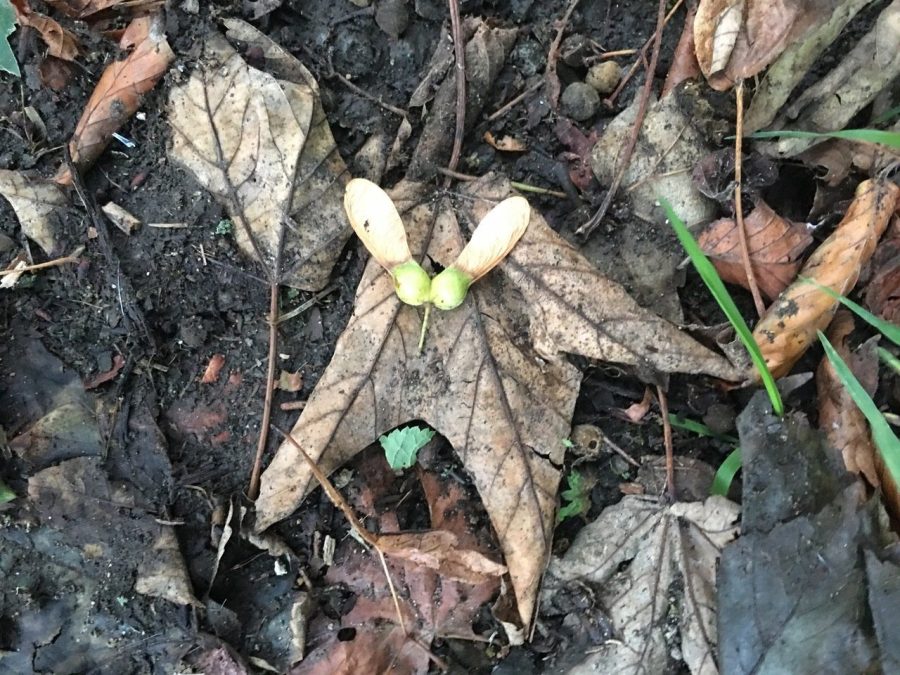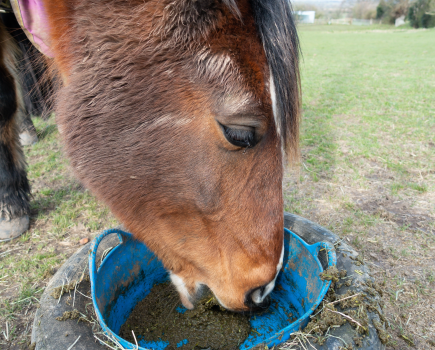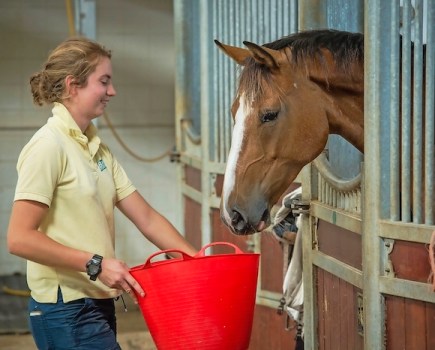The British Equine Veterinary Association (BEVA) has called upon horse owners to keep their horses away from sycamore trees as they start to shed their seeds this autumn and pose a serious threat to horse health.
Toxins found in sycamore seeds, leaves and seedlings can cause severe and often fatal muscle damage in a disease known as atypical myopathy. Around 70% of horses who ingest sycamore seeds will die.
Some horses are more susceptible to atypical myopathy than others and young horses are more commonly affected.
“With leaves still on trees now is the time to identify sycamores in the vicinity of your horse’s fields and predict the future risk,” said Lucy Grieve, Veterinary Projects Officer at BEVA.
“Once the leaves start to turn and then drop it will be much more difficult to spot sycamores.”
Practical steps to avoid atypical myopathy
BEVA advises horse owners to take the following practical steps to help prevent atypical myopathy:
- Identify sycamore trees in or around grazed fields.
- Collect sycamore seeds or remove horses from affected areas using electric fencing or stabling.
- Feed supplementary hay to discourage excessive foraging by horses in short blades of grass.
- Be careful if you are cutting down sycamore trees. If you do this at this time of year when the trees are full of seeds you risk contamination of the area.
- Monitor horses who have been in the vicinity of sycamore trees carefully.
Signs of atypical myopathy
Signs of atypical myopathy in horses include muscle soreness, stiffness, weakness, difficulty breathing, lethargy and muscle trembling.
If horses who have access to sycamore seeds show any signs of illness, veterinary attention should be sought immediately. Symptoms of atypical myopathy can take up to four days to become apparent.
High winds can cause sycamore seeds to spread considerable distances from the tree so it is important to keep horses a significant way away from the tree.
The Royal Veterinary College has issued an atypical myopathy fact file that is available here.









